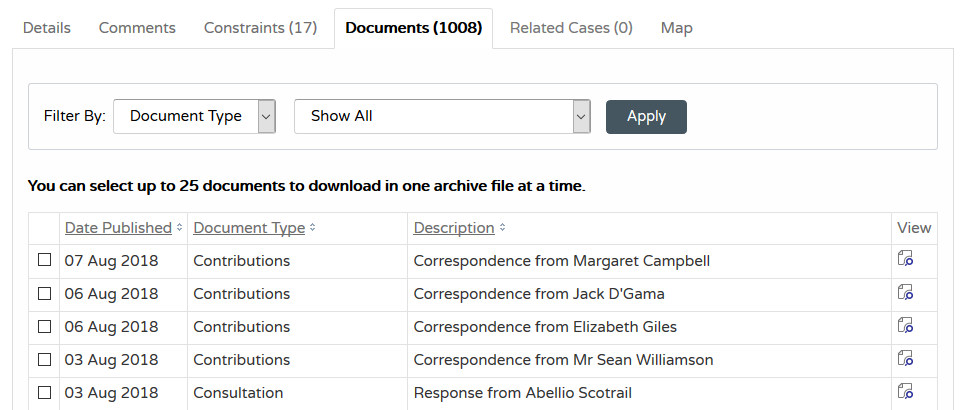
As of today, there were 1008 documents on the Loch Lomond and Trossachs National Park Authority Planning Portal (see here) associated with the Flamingo Land Planning Application. Most of them appear to be objections but even letters of support express significant concerns. Among local residents, whether objectors or supporters, one major concern is that Balloch is already gridlocked by cars on occasions and that Flamingo Land will make this a lot worse. This post takes a look at the issues within the context of the LLNTPA’s legal duty to promote sustainable economic development and the Scottish Government’s oft stated wish to promote a shift away from the car to public transport and active travel.
A brief history
The 8 Part Transport Assessment (see here for Part 1, which presents the overall assessment)) accompanying the planning application says nothing about the history of the Riverside Site from a transport perspective. I believe a little istory is key to understanding what has gone wrong.
If you get on the train to Balloch the railway timetables refer to Balloch Central. That is because the railway line used to extend to the shores of Loch Lomond and terminated at the Balloch Pier railway station. From the pier head, an area which Flamingo Land now wishes to develop, it was a short walk to the paddle steamers (whose departures connected to the train arrivals) and onward trips up Loch Lomond, including to places on the east shore of Loch Lomond which are now mainly accessed by car. The pier head was also serviced by tram until 1928.
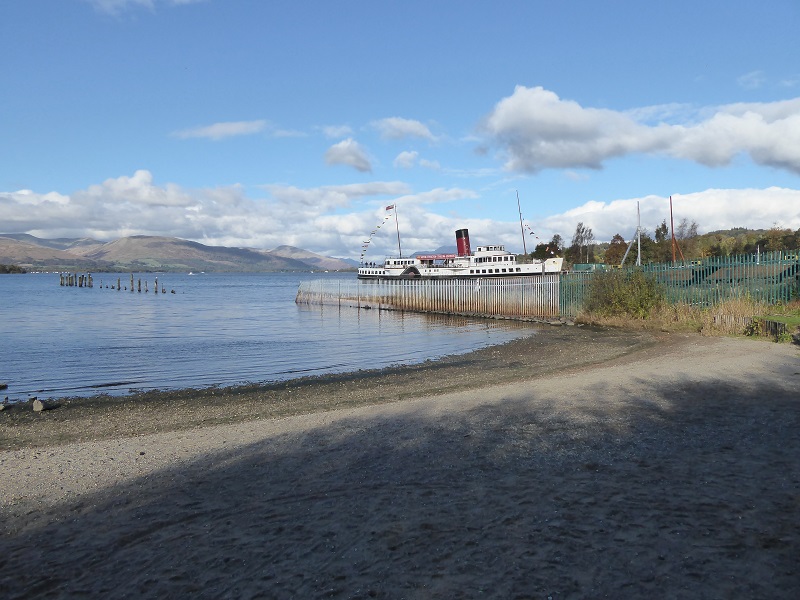
The last steamer, the Maid of the Loch ,ceased to operate in 1981 and five years later, after the Strathclyde Rail Review, the Pier Head station was closed. The station itself was replaced by a car park and the section of line between it and Balloch Central removed, along with accompanying railway sidings. This opened up access to the west shore of the River Leven, which had previously been restricted by the railway, and the area was subsequently landscaped and new paths constructed (so there were some positive consequences from the station closure).
The south shore of Loch Lomond, which is now described as the gateway to the National Park, was however left without a proper public transport link.

When Lomond Shores was built, the focus of planners was on cars, to the exclusion of everything else, and they allowed the creation of the massive car parks, together with suburban style roads and roundabouts, around the development.
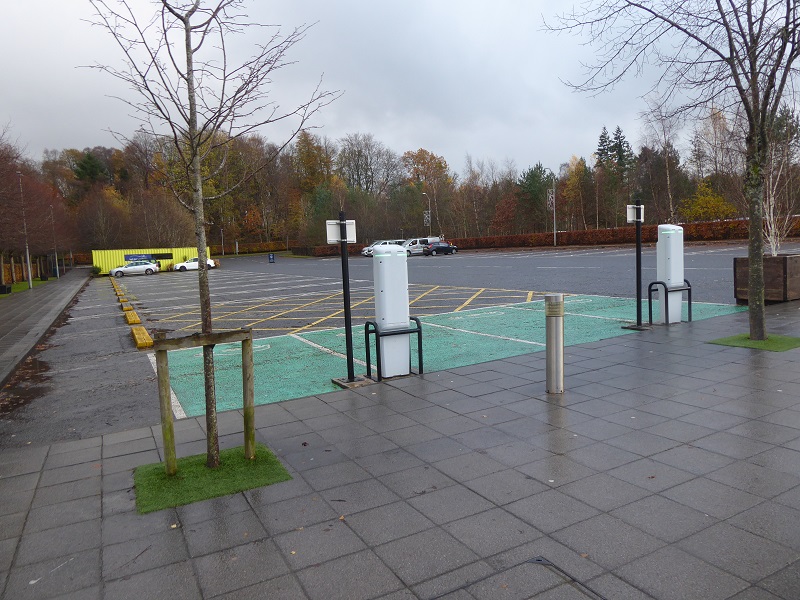
From a sustainable transport and National Park perspective, not to mention the amenity of local residents, this history has been a disaster. Thousands of people used to arrive at Balloch by tram and train and then travel up the loch – all forms of sustainable transport – but through a series of decisions people’s ability to do so has been removed.
The one bright light on the horizon is that the group of volunteers who have spent years trying to save the Maid of the Loch, which is still berthed at the pier head, and return it to service, may now be about to secure the funding necessary to do so.
Within this context, there are three main elements to Flamingo Land’s transport proposals:
- The first is is to improve provision for walking and cycling
- The second is to encourage more cars and as a consequence to build yet more car parks.
- The third is partially address the missing link between Balloch Central and the pierhead by constructing a monorail
The proposals for walking and cycling
Much emphasis is put in the Flamingo Land Planning Application on how their development will be walking and cycling friendly, preserving the National Cycle Route and John Muir Way, installation of new cycle parking and how the development won’t stop people from walking round the shore at Drumkinnon Bay. The application however discounts the recommendation from the local planning event, the Balloch Charette, for a new walkway along the River Leven and pedestrian bridge over it. Moreover, while Flamingo Land have said they will not restrict access to the areas that they wish to cover with holiday lodges/glamping pods, one can question how far walking through a holiday camp will be a pleasurable experience fitting for a National Park.
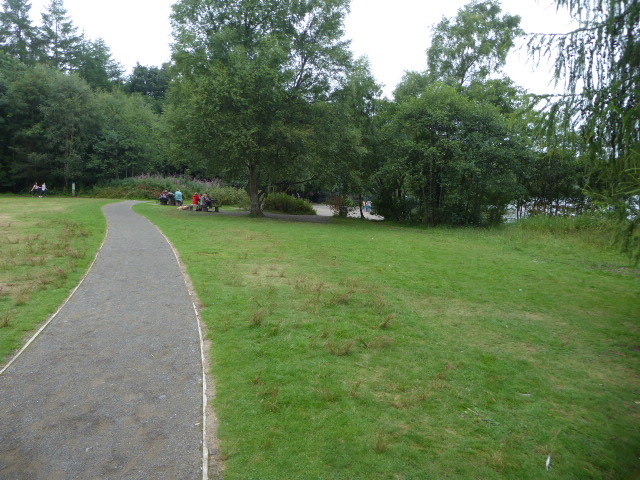
Most of the positive improvements being proposed for walking and cycling in Balloch, including the interface with public transport, is being driven by Sustrans who have been leading on the Station Square development (cycle hire facilities, improved road crossing, improved signage etc).
As far as I can see, Flamingo Land are offering no more for walking and cycling than would be offered by any bog standard development these days and the large number of words devoted to “active travel” etc is effectively just decoration to make the development appear green. The question of whether it is so, should be determined by other questions.
The proposals for cars and car parking
The dark brown areas depict the car parking associated with the development – most of this is new. Note there are TWO roads that lead to the pierhead area, Ben Lomond Way, which is partially used for servicing Loch Lomond shores and a private road from just opposite the station.Tourism, by definition, involves travel and central therefore to the question of how we develop sustainable tourism is how we reduce carbon emissions. We will never do this, even with electric cars, unless there is a fundamental shift from private cars to public transport. Unfortunately, central to Flamingo Land’s proposals is that people should access the site by car and as a consequence they wish to convert yet more ground into car parks:
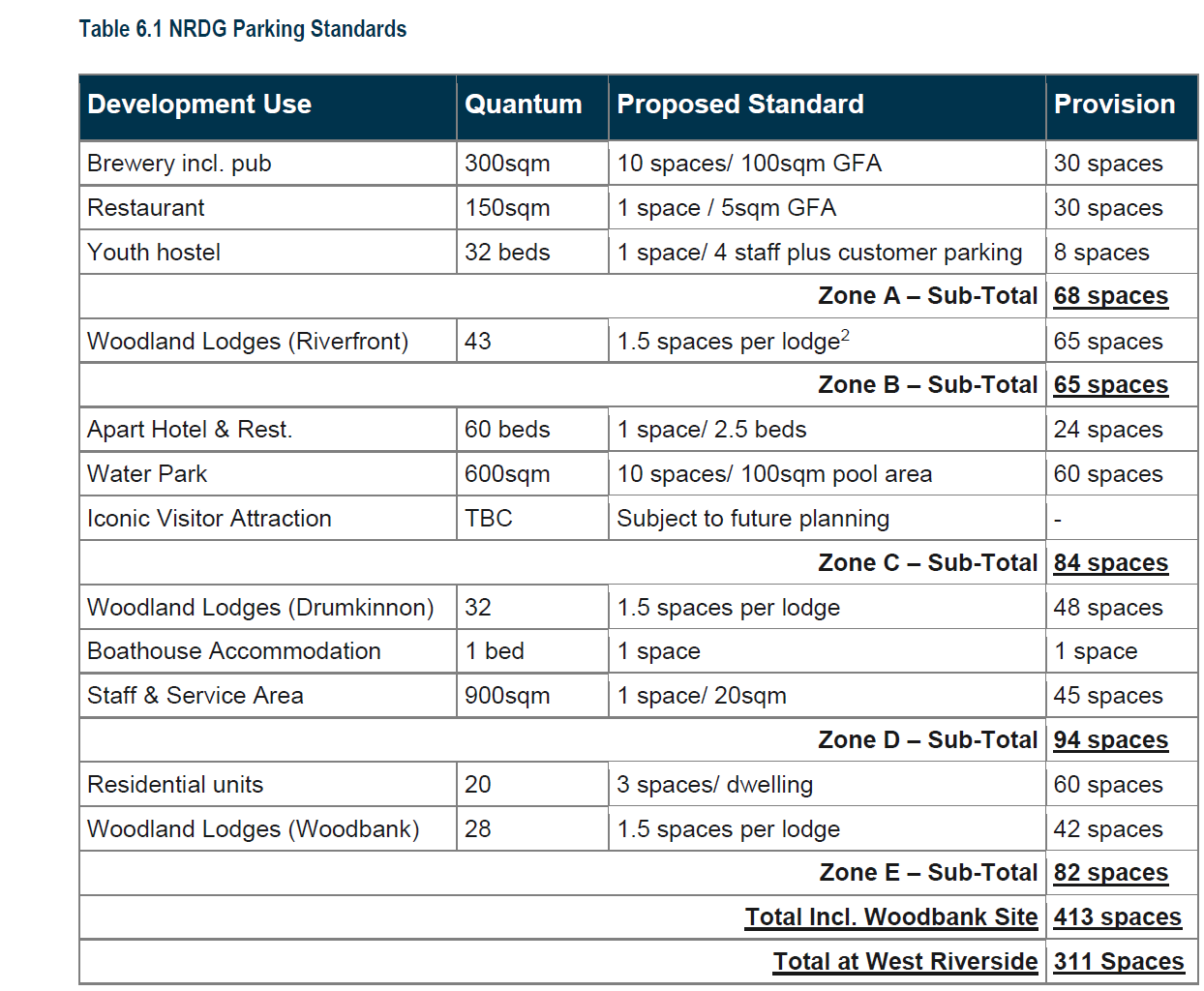
National parking standards have been applied without any consideration that this is a National Park and perhaps things should be done differently here. Instead they are used to argue that 311 parking spaces are needed on the Riverside Site but also an “overspill car park (subject to future planning)”. Flamingo Land must have some idea of the size of the proposed “Iconic Visitor Attraction” but have submitted an application for Planning Permission in Principle without describing how much ground is to be buried under tarmac. That seems to me important, particularly in a National Park.
The lack of imagination of so many planners and developers in Scotland is deeply depressing. The assumption is still that the car should rule. Famous tourist destinations like Zermatt are car free zones so – for those who want to convert the pierhead into a tourist resort – why not here?
The proposed monorail – the missing transport link?
My first reaction to Flamingo Land’s proposed monorail from the north edge of the Station Square to their proposed resort was completely negative. It came across as yet more development through the park along the River Leven and the proposal to offer discounts to staff working in the resort suggested an expensive gimmick designed to earn Flamingo Land more money.
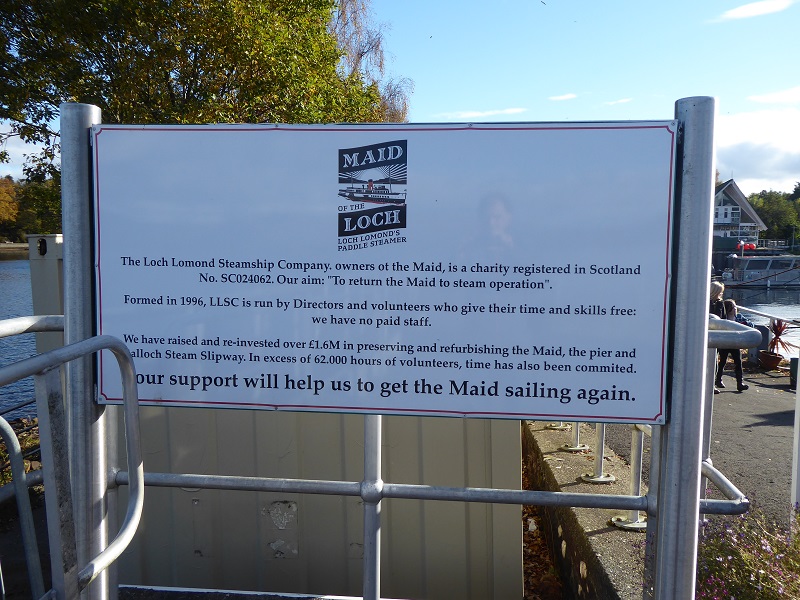
Having talked to some of the dedicated volunteers at the Maid of the Loch (they have supported the Flamingo Land proposal partly on the grounds that it could bring more people back to Balloch) I now believe serious consideration needs to be given to new transport link between Balloch Station and the pier head. The Flamingo Land Planning Application, to the extent it puts the issue of how best to restore the missing transport link back on the table, is welcome but their proposal is not the right solution:
- The monorail is depicted as starting on the north side of Station Square, a significant distance from the station. That precludes any seamless transfer for people arriving by rail and is likely to be an issue for people with disabilities for example.
- While the monorail partially fills the missing link between the station and pierhead, it does nothing to address the missing link between the Lomond Shores carpark and pierhead area: hence the proposals for new parking spaces at the Pierhead.
- The proposed line of the monorail will have significant adverse impacts on the recreational experience, whether walking through the park land by the river or staying in the holiday lodges if these go ahead
- As Abellio point out in their response to the plan, there are much less capital intensive and flexible solutions, such as Land Trains, available
- And perhaps most important of all, this will not deliver integrated public transport. People are never going to swap from car travel if the cheapday train ticket to Balloch costs something like £5.60 but you then have to pay another £5 to get to the Pierhead.
We need PUBLIC investment to deliver PUBLIC transport linking Balloch Station to the pierhead and Lomond Shores over what is still PUBLICLY owned land.
What has gone wrong?
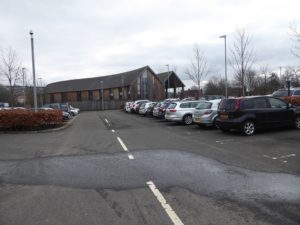
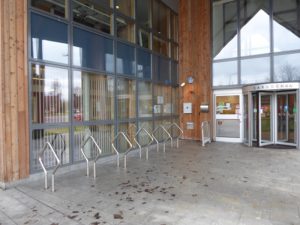
Primary responsibility for the unsustainable transport proposals for Riverside lies with the LLTNPA which was set up in part to give leadership on these issues and has failed to do so. Its Development Plan policies say more or less the right things:
Overarching Policy 1: All development should contribute to the National Park being a low
carbon place by connecting well to public transport and safe pedestrian/cycle access where
possible;
Overarching Policy 2: Development proposals should not conflict with nearby land uses
and where relevant, must address the following requirements:
– Sustainable Travel: support active travel choices where possible (prioritise walking,
cycling and public transport over car use) and transport infrastructure; and
– Safe Access and Parking: provide safe road access and appropriate parking provision.
The problem is this policy, like so many other policies (landscape, nature conservation etc) is simply ignored when it comes to making developments happen. The LLTNPA could have driven a totally different type of development proposal at Riverside if it had made clear from the start that any planning application should result in NO overall increase in car traffic.
This is not the fault of LLTNPA frontline staff. Every public authority is now legally obliged to produce an annual climate action plan and in presenting this (see here) at the March Board Meeting, Jaki Carnegie (to her credit) reported how staff had been involved in this process and come up with lots of ideas.
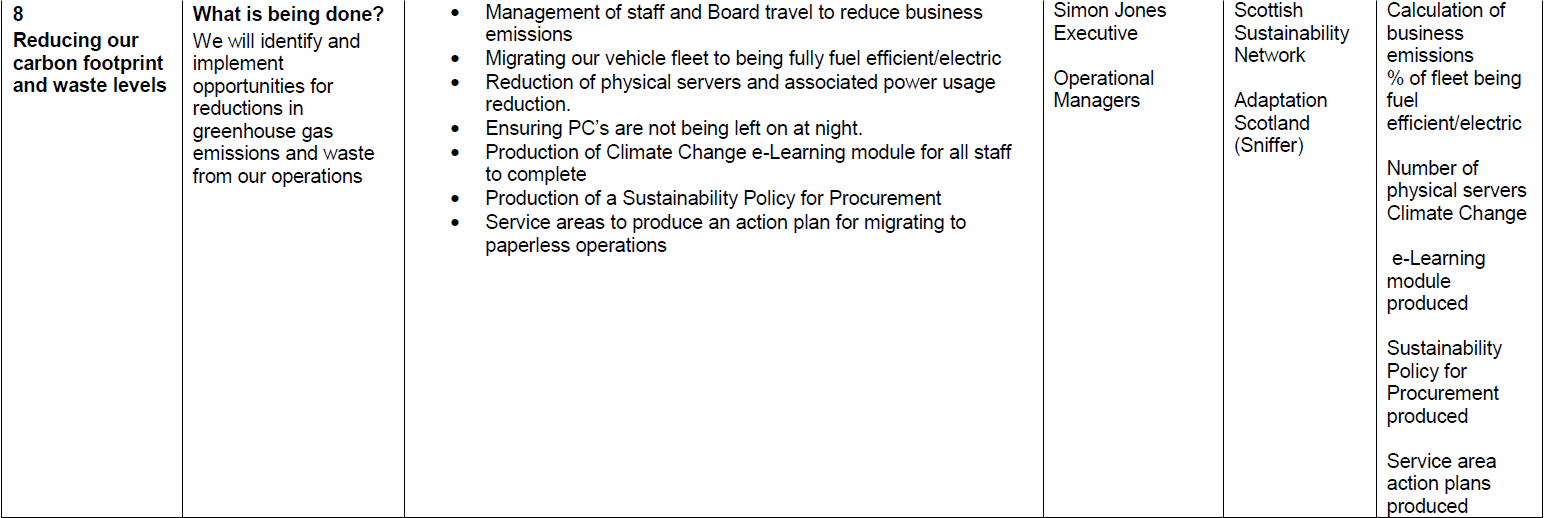
The problem is the senior management team and Board have no mechanism to drive this. Note how there are no clear targets for reducing business emissions. Twenty years ago some excellent staff in SNH spent time working out what SNH’s carbon emissions were and then reporting these to the Board section by section. As a consequence, air travel was cut radically, partly through the introduction of teleconferencing (SNH had lots of island offices) and the carbon consumption of Board Members driving to meetings was made transparent. As long as the LLTNPA believes it needs a large car park outside its own office for its staff and Board Members, its never going to implement its own policy either for itself or for developers.
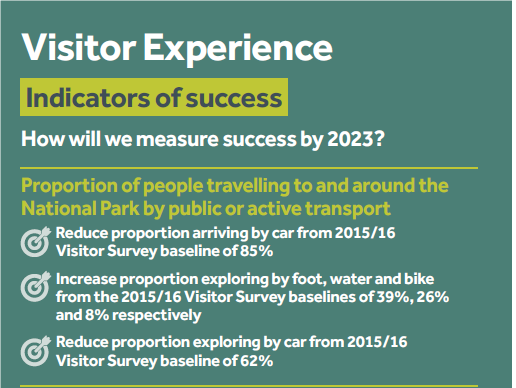
If you read it carefully, the green transport targets in the National Park Partnership Plan are more green hogwash. Leave aside the question of the methodology behind this, the target is only concerned with changing the proportion of people arriving by car, not the total numbers. Hence its fine to increase the numbers of cars jamming up the National Park, whether in Balloch, Balmaha or anywhere else, polluting the atmosphere and increasing carbon emissions just so long as there are more people walking too (and in case you are wondering I drive a car, I just try and use other forms of transport where I can because of the impacts).
Transport Scotland, however, also plays a primary role in the transport debacle at Balloch as the Transport Assessment makes clear:
TS indicated that their area of interest with respect to this PPiP (Planning Permission in Principle) would primarily be the traffic impact arising as a result of the development on the trunk road network (A82) and, as such, would defer to WDC (West Dunbartonshire Council) to agree the scope and main parameters of the TA (Transport Assessment). Whilst some of the TA parameters were established at a higher-level in June 2017 and, refined somewhat further in discussion with WDC, the details of the trip generation assumptions were not confirmed.
(Extract from Transport Assessment)
So, here we have Transport Scotland, which is supposed to have a responsibility for public transport planningand describes itself as the “national transport agency” acting solely as a roads agency. They have delegated their entire transport responsibility to West Dunbartonshire Council, who have a roads rather than transport department as public transport has been removed from their responsibilities. No wonder so much of the Riverside Site is now earmarked for tarmac.
And if you look at the WDC submission (see here) their main concern – which I appreciate given how local government is being slashed – is to avoid any new costs: “Any internal roads and parking areas would not be adopted by the Council, unless they service a suitably sized residential development (6 or more dwellings” (where the increase in council tax might just about pay for the road upkeep). They must be delighted that Flamingo Land is offering to provide some car parking on Pier Rd to replace that will be lost at Station Square:
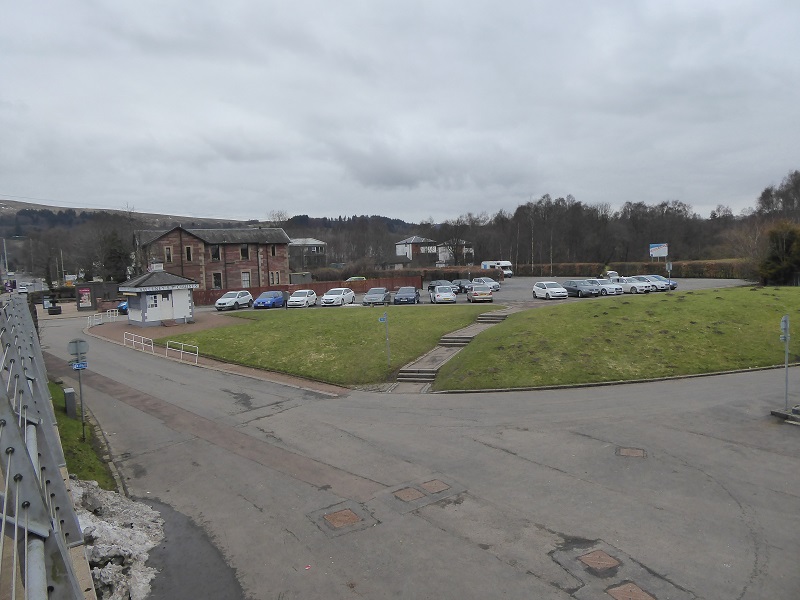
The only agency that comes out of this with any credit at all is, strange to say given all the terrible publicity the receive nationally, Abellio. Their submission (see here) does try and grapple with some of the issues affecting whether people use public transport and it was them who suggested the Land Train but they appear to have been too scared to draw the obvious conclusion: that the best solution would be to reinstate some form of public transport linking the station to the pier area.
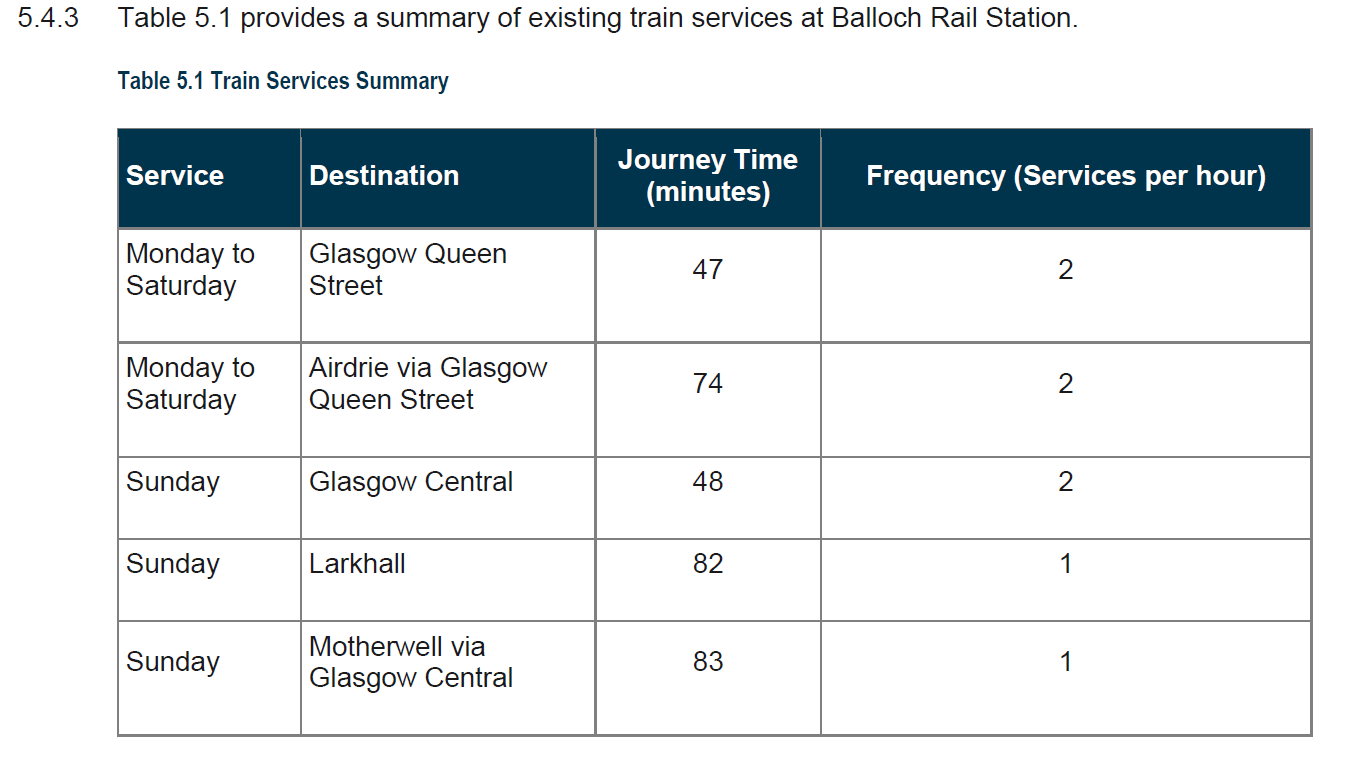
I would also have liked Abellio to have been braver about the need for more frequent trains, for example a 15 minute shuttle service to Dunbarton that could then connect to other trains into Glasgow. I understand a 15 minute service existed in the past.
Also standing to one side, washing their hands of all responsibility, are Scottish Enterprise, who appear more interested in privatising land and services than looking to make anything sustainable. There was nothing in their leisure development specification about the opportunity for more sustainable transport apart from walking links.
So what would a green approach to transport infrastructure at Balloch look like?
Its important to start by stating that some car parking will continue to be needed near the pier head and in particular:
- Access for vehicles required to service Maid of the Loch and the steam slipway
- Access for vehicles towing boats to the Duncan Mills Slipway (the only public launching site left for boats on Loch Lomond)
- Parking for people with disabilities to enable them to access the Maid of the Loch and the loch shore
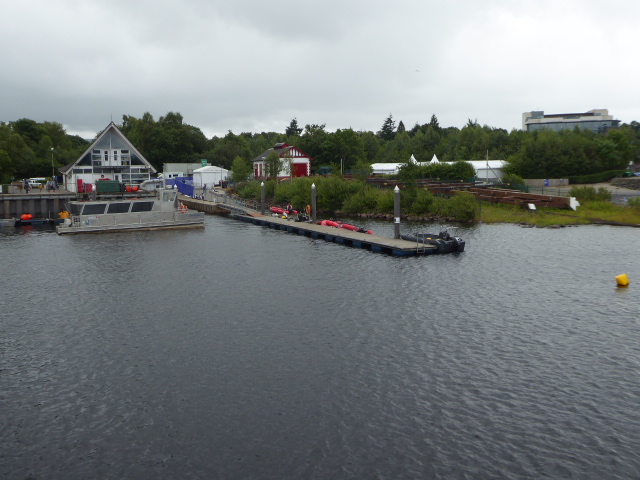
- And lastly, IF the Flamingo Land resort was given the go-ahead, some spaces to service it and some spaces for people with disabilities to park.
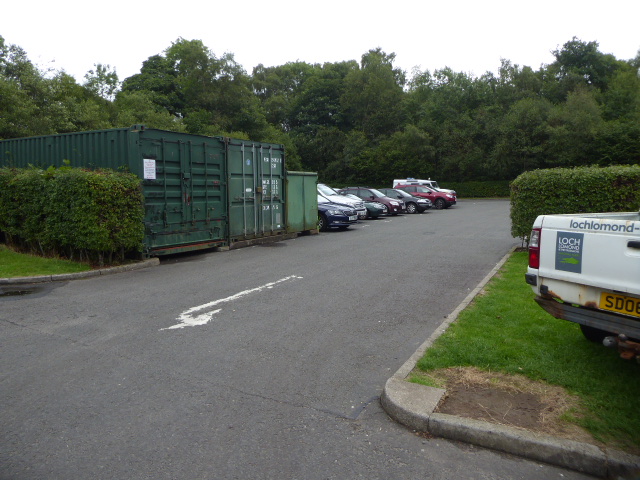
Accepting this however there are huge opportunities to re-think transport links to the site and I would suggest that there are a few central questions that need to be addressed:

- Why are two roads needed to the site, one private, one public? At present neither is busy and even if Flamingo Land was to go ahead two would not be needed.
- Accept that only one public road is needed and you open up the possibility of providing a public transport link down Pier Road from almost directly opposite the station – a much better location for a transport link, whether monorail, road train or something else like a tram (its need to be electric and silent so as not to impact on amenity of houses behind)
- Why is so much car parking capacity needed at Lomond Shores and the Riverside site and why, if the development was to go ahead, couldn’t the Lomond Shores car parks be used for visitors creating a car free resort?
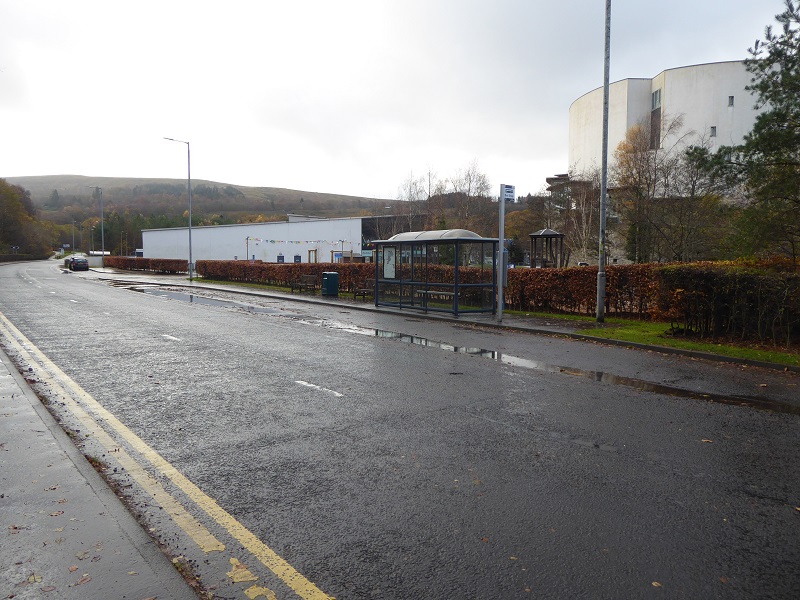
-
- Accept that, and Lomond Way would, as now, be used only occasionally and would not need to occupy so much space. An opportunity to run the electric transport link up Pier Road and round the back of the Loch Lomond shores to the car parking area. That would enable people who wanted to travel to Balloch by car to access the “resort” without driving to the doorstep. Once they got used to that they might even start using the train.
- Accept that, and there might be opportunity to create more green space at Balloch. Instead of planting chalets in the existing parkland and Drumkinnon Woods, why not dig up some of the car parks, landscape them and put the glamping pods there?
- Why is public investment in new public transport links off the table?
- Put that on the table and there is an opportunity for integrated tickets from Glasgow Central to Inversnaid by train, the link transport and boat and you must just create a sustainable gateway to the National Park.
- Put that on the table and consult people, both local residents and visitors, and you will get far better proposals than those in the Flamingo Land planning application
What needs to happen?
Roseanna Cunningham, Cabinet Secretary for the Environment, has made tackling climate change her top priority – absolutely right – that’s why around 150 public bodies, including both our National Parks, have had to report annually to Scottish Ministers on their compliance with Climate Change Duties.
Scottish Planning Policy, like so many other policy areas in Scotland, says all the right things. The problem we have is the Scottish Government and our Public Authorities seem incapable of making them happen. How on earth do Flamingo Land’s proposals meet these Scottish Planning Policy objectives quoted in the Transport Assessment?
“4.2.2 The policy principles of the SPP include that the planning system should support patterns of
development which:
Optimise the use of existing infrastructure;
Reduce the need to travel;
Provide safe and convenient opportunities for walking and cycling for both active travel and
recreation, and facilitate travel by public transport;
Enable the integration of transport modes; and
Facilitate freight movement by rail or water.”
………………..
4.2.5 Furthermore, the document states that significant travel generating uses should be sited at
locations which are well served by public transport, subject to parking restraint policies, and
supported by measures to promote the availability of high quality public transport services.
What the Riverside Site shows, is that at least three major agencies, the LLTNPA, Scottish Enterprise and Transport Scotland are failing to comply with their climate change duties and Scottish Policy.
The first thing we need is a debate on this cars, car parking and travel to our National Parks.. The Campaign for National Parks (the English counterpart of Scottish Campaign for National Parks) is doing some fantastic work on this issue and I commend a blog post they published on this a couple of months ago (see here).
The second thing we need is real leadership. The Scottish Government is at present interviewing new national nominees for our National Park boards. Instead of appointing people who won’t stick their heads above the parapet, Roseanna Cunningham needs to appoint people who are prepared to think radically. A couple of green transport planners or campaigners, one for each Park Board, need to be part of this and then given the mission to drive a real shift from cars to public transport.
The third thing we need is a commitment to public investment.
Its time to stop repeating old mistakes and to empower people to make a different and better world.
Hi,Nick
As you know my friend in drymen says it is a forgone conclusion
I have been to my msp Derek McKay
And also my mp gavin newlands
now you may ask why? The Erskine bridge is Renfrewshire owned
Until it reaches land at the northernish side, now ask and I beg of you all
Write on this blog if you have ever tried to get to loch Lomond or further
At the weekend from the m8 ,let’s just say it takes a while
My questions were put to both and they have had problems at the same location
Along with staff members too
My next question was what if it took 2x longer at weekends would it put you off
The consensus was quite unanimous ,I’m still waiting on a reply but they are good
at writing back
It means they object (not to flamingo Land) but to the severe lack of infrastructure
and the billions it would cost to rectify
and the traffic chaos it would cause(typical Sunday traffic back to st James intersection)
It would get a lot worse maybe back to arkleston,which is bad for Renfrewshire
So my thinking is get these guys on board,an mp and msp have more clout and they
Do not want renfrewshie at a standstill ,due to a funpark in dunbartonshire